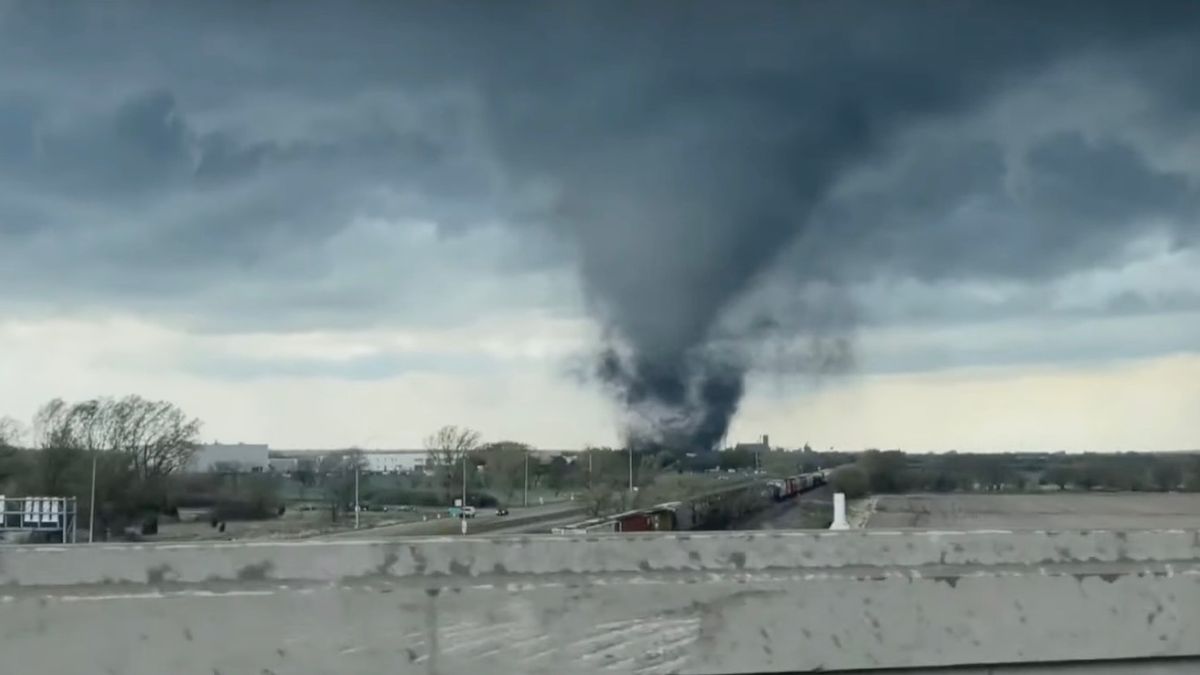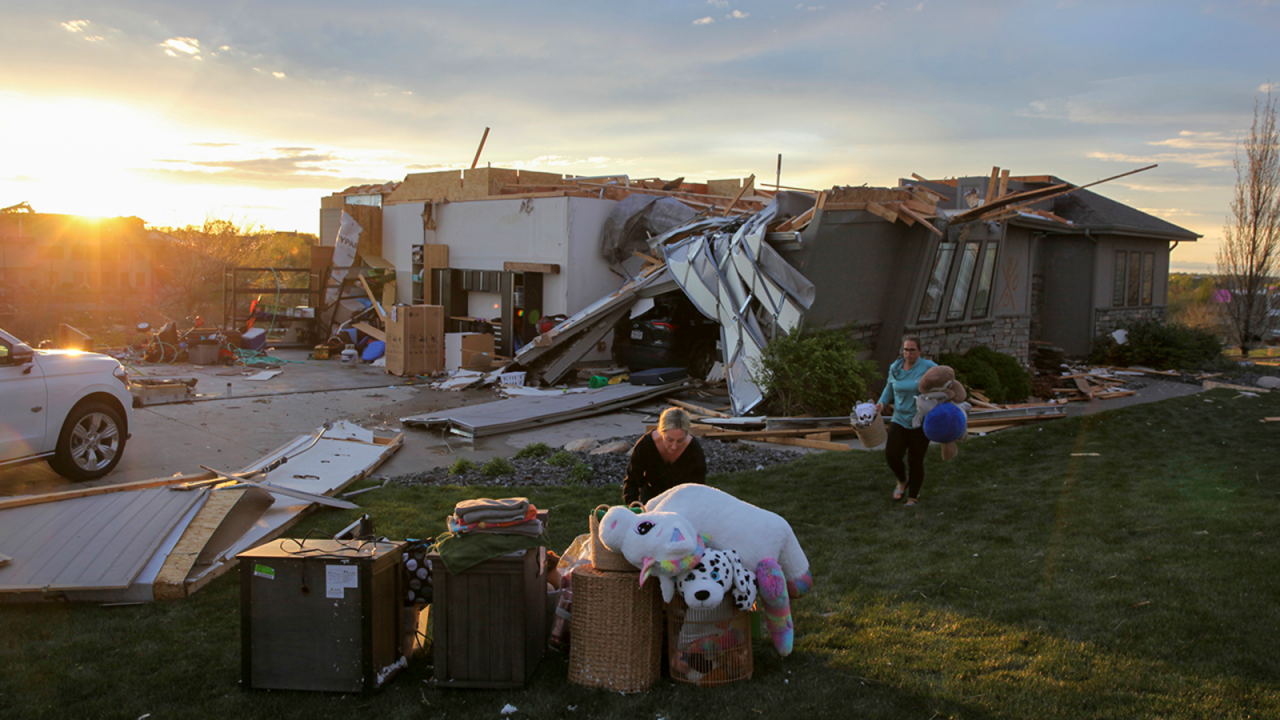
Nebraska Tornado News: Recent Outbreak, Causes, and Preparedness
In the wake of a recent tornado outbreak in Nebraska, communities are grappling with the aftermath while experts delve into the causes and preparedness measures to mitigate future risks.
Tornado Outbreak in Nebraska
A severe tornado outbreak struck Nebraska on May 9th, 2023, leaving a trail of destruction and devastation in its wake. The tornadoes touched down in several counties, including Hamilton, York, and Polk, causing widespread damage to homes, businesses, and infrastructure.
The most destructive tornado was an EF-4 that tore through the town of York, killing two people and injuring dozens more. The tornado leveled entire blocks, destroying homes and businesses alike. Other tornadoes in the outbreak caused significant damage in the communities of Hampton, Aurora, and Henderson.
Eyewitness accounts described the tornadoes as “terrifying” and “unbelievable.” One resident of York said, “I saw the tornado coming and I ran for my life. It was like something out of a movie.” Another witness said, “I watched as the tornado tore through our neighborhood, destroying everything in its path.”
Causes and Formation of Tornadoes
Tornadoes are formed when warm, moist air from the Gulf of Mexico meets cold, dry air from the north. The rising warm air creates an area of low pressure, which draws in more warm air. This creates a rotating column of air that can become a tornado if the conditions are right.
There are different types of tornadoes, including weak tornadoes (EF-0 to EF-1), strong tornadoes (EF-2 to EF-3), and violent tornadoes (EF-4 to EF-5). The most violent tornadoes can have wind speeds of up to 300 miles per hour and can cause catastrophic damage.
The factors that contribute to the intensity and duration of tornadoes include the amount of wind shear, the temperature difference between the warm and cold air, and the amount of moisture in the atmosphere.
Tornado Safety and Preparedness

There are several things you can do to stay safe during a tornado warning:
- Take shelter in a sturdy building, such as a basement or interior room on the lowest floor.
- Stay away from windows and doors.
- Cover your body with a blanket or mattress.
- Listen to the radio or television for updates on the tornado warning.
- Do not go outside unless it is absolutely necessary.
It is also important to have a tornado safety plan and practice tornado drills with your family.
Aftermath and Recovery: Nebraska Tornado News
The aftermath of the Nebraska tornado outbreak was devastating. Hundreds of homes and businesses were destroyed, and thousands of people were left without power. The immediate response efforts included search and rescue operations, providing food and shelter to those affected, and assessing the damage.
The recovery efforts are ongoing, and it will take time for the communities affected by the tornadoes to rebuild. However, the resilience and community support in the aftermath of the tornadoes have been inspiring.
Historical Tornadoes in Nebraska
| Date | Location | Severity |
|---|---|---|
| May 3, 1955 | Grand Island | F5 |
| June 24, 1958 | Hallam | F5 |
| May 5, 1966 | Omaha | F4 |
| May 25, 2004 | Hallam | F4 |
| June 16, 2012 | Pilger | F4 |
Tornado Research and Forecasting

Scientists are constantly working to improve tornado research and forecasting techniques. One of the most important advances in recent years has been the development of Doppler radar, which can detect the rotation of tornadoes and provide valuable information about their intensity and direction.
Another important area of research is the development of computer models that can simulate tornado formation and movement. These models can help scientists better understand the factors that contribute to tornadoes and improve the accuracy of tornado warnings.
Closing Summary

The recent tornado outbreak in Nebraska serves as a stark reminder of the devastating impact of these weather events. As communities rebuild and recover, ongoing research and preparedness efforts aim to enhance our understanding and ability to respond to future tornadoes.
FAQ Compilation
What are the safety precautions during a tornado warning?
Seek shelter in a sturdy building or underground, stay away from windows, and monitor weather updates.
What factors contribute to tornado intensity?
Wind shear, atmospheric instability, and moisture availability play key roles in determining tornado strength.
How can technology improve tornado forecasting?
Advanced radar systems, weather models, and data analytics enhance detection and prediction capabilities.